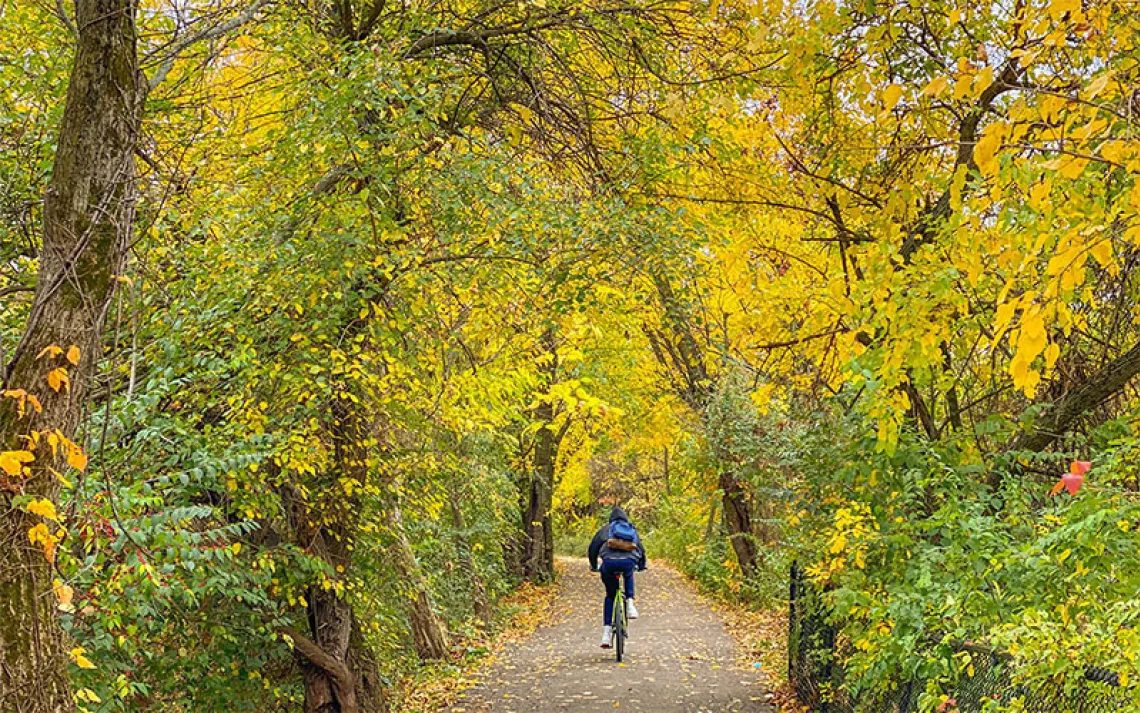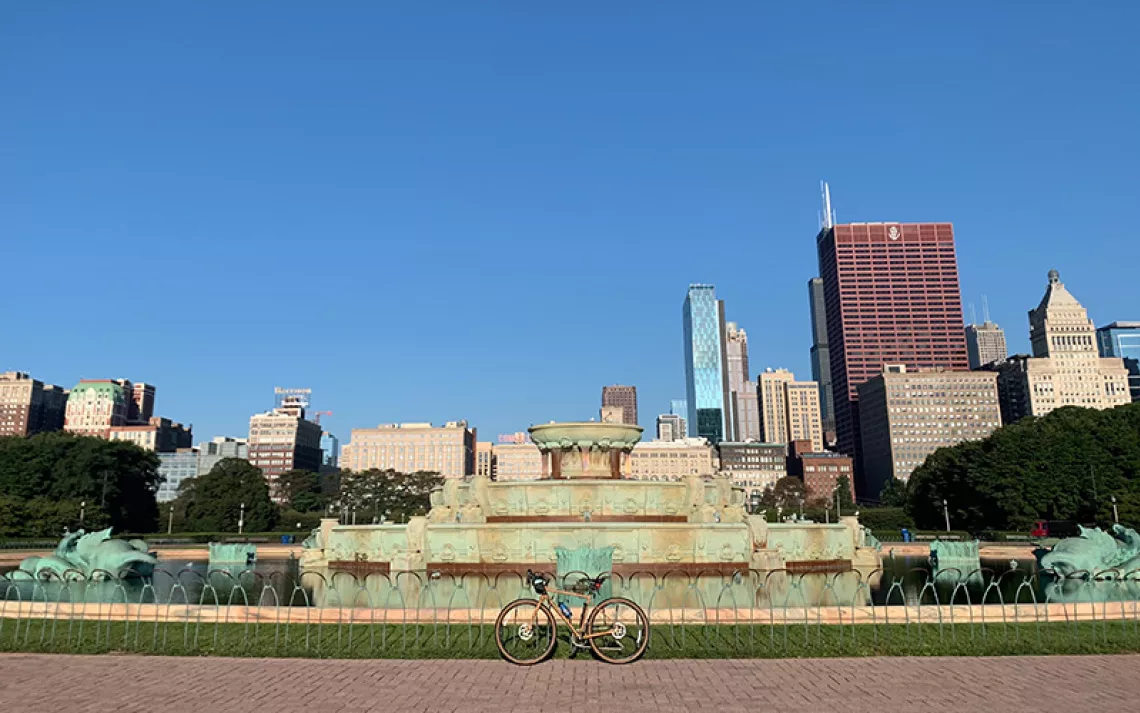Biking for Beginners

Photo by iStock/robertiez
With the weather getting warmer, it's a perfect time to begin biking to work. You'll burn calories instead of fossil fuels, and by combining your daily commute with your daily exercise, you'll have more time left over for summer fun. Here's how to get started:
Get geared up. You'll be wearing a helmet, of course. But if you're going to be doing any night riding, make sure you also have a headlight and taillight, white reflective tape for your wheel rims, and some highly visible or reflective clothing. When it comes to bicycle choice, a mountain bike's fat, knobby tires can be better in the city than a road bike, at least for short commutes; they’re more stable and less likely to slip when it's wet or if they get caught in a grate.
Know your needs. Depending on your circumstances, special bikes can make cycling more alluring. A folding bike can be taken on public transit for part of a longer commute. The Xtracycle, an elongated bike with a rear platform for cargo, works well if you need to cart things around.
Pick the right route. The most direct way to work isn't always best when you're on a bike. Look for quieter streets, streets with bike lanes (or at least wide ones), or multiple-lane, one-way streets for the safest ride. Avoiding any routes heavily trafficked by big trucks and buses also reduces your exposure to pollution.
Practice proper maintenance. Make sure your tires are properly inflated (the correct pounds per inch, or ppi, should be listed on the side of the tire) and check your brakes before setting out.
Get in position. When riding, create space between your bike and other vehicles, both moving and parked. Ride about four feet away from parked cars to avoid being "doored"; drivers can see you more easily that way too. If there's more than one lane going in your direction, it's OK to ride in the middle of the lane.
Drive defensively. Always assume that drivers don't see you. Get a rearview mirror so you can check traffic all around you. Always ride with traffic and follow all traffic laws, including using hand signals to change lanes and turn.
Clean up green. Wipe down your bike after every ride to keep it running smoothly and lube the chain every few trips with a plant- or vegetable-based lubricant like Pedro's CHAINj.
If you still have concerns about city riding, look for a local cycling association or advocacy group. They generally offer safety classes and serve as a way to hook up with other riders (there's safety in numbers) and get involved with campaigns for better bike lanes and other improvements. So what are you waiting for?
 The Magazine of The Sierra Club
The Magazine of The Sierra Club



